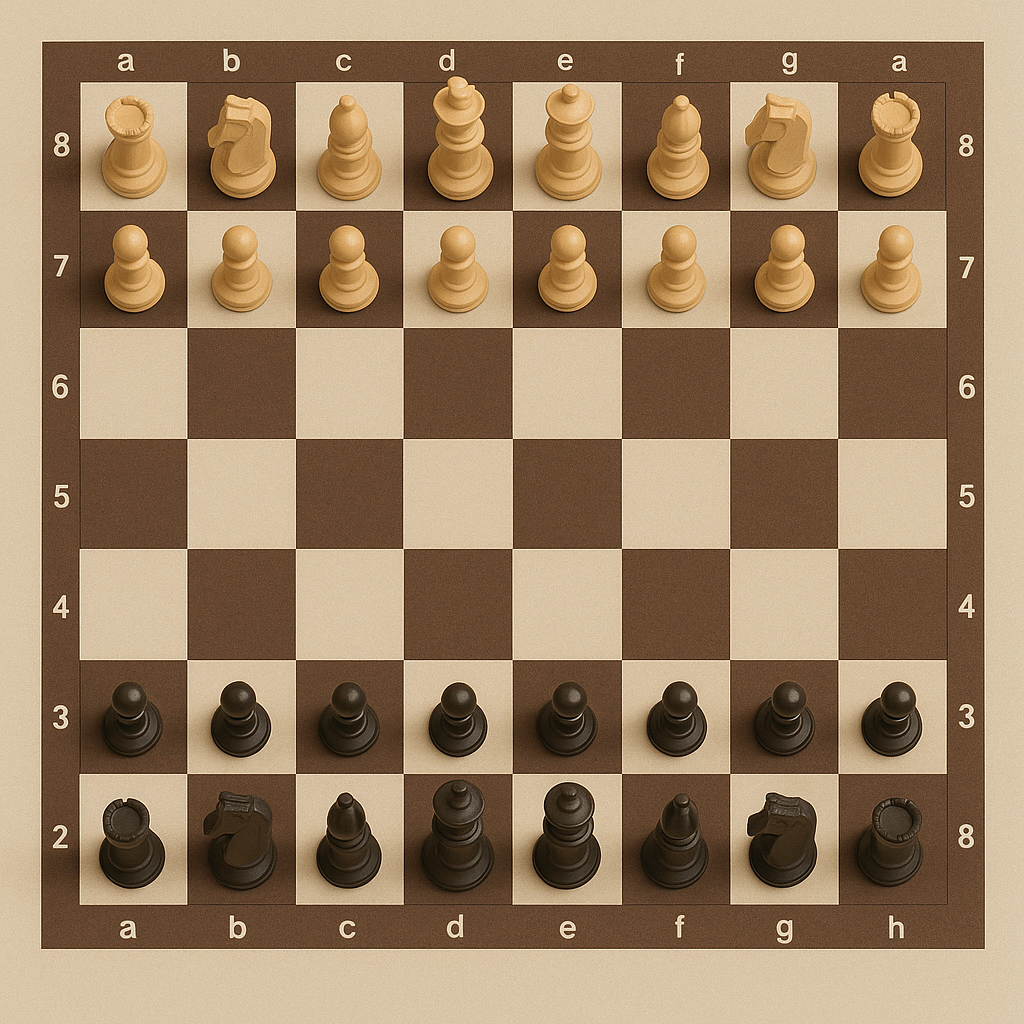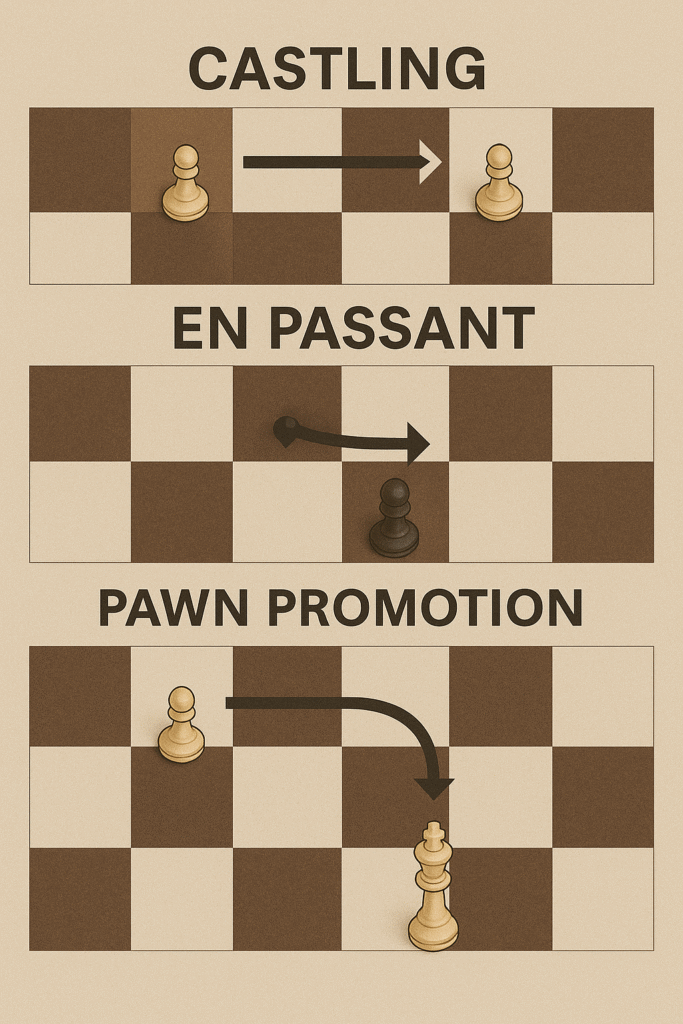How to Play Chess: A Beginner’s Guide to Mastering the Game

How to Play Chess:
One of the oldest and most thought-provoking games in the world is chess. Learning to play chess is enjoyable and fulfilling, regardless matter whether you’re a student, working professional, or just someone who appreciates a good mental challenge.
What is Chess?
Chess is a board game for two players that is played on a chessboard, which is an 8×8 square grid. A 16-piece army with various abilities and maneuvers is under the control of each player. Checkmate your opponent’s king is the game’s straightforward goal. But preparation, expertise, and strategy are necessary for success.
Chess Board and Setup
Before you learn how to play chess, it’s important to understand the setup.
1. The Chessboard:
It has 64 squares, alternating between light and dark colors.
The bottom-right square should be a light square.
2. Initial Position of Pieces:
Each player starts with:
1 King
1 Queen
2 Rooks
2 Knights
2 Bishops
8 Pawns
Arrange the pieces on the two closest rows (called ranks). Here’s how:
Rooks go in the corners.
Knights next to rooks.
Bishops next to knights.
Queen goes on her color (white queen on white square, black queen on black square).
King takes the remaining square.
Pawns fill the rank in front of the major pieces.
How to Play Chess: The Basic Rules
Now that your board is ready, it’s time to learn how each piece moves.
1. How the Pieces Move:
Pawn: Moves forward 1 square, but captures diagonally. On its first move, it can move two squares.
Rook: Moves in straight lines—vertically or horizontally.
Knight: Moves in an “L” shape—two squares in one direction, then one square perpendicular.
Bishop: Moves diagonally across the board.
Queen: Combines the power of the rook and bishop; can move in any direction.
King: Moves one square in any direction. Must be protected at all times.

Special Moves You Should Know
To truly learn how to play chess, understanding special moves is essential.
1. Castling
A move involving the king and one rook.
Conditions:
Neither piece has moved before.
No pieces between them.
The king is not in, through, or into check.
The king moves two squares toward the rook, and the rook moves next to the king.
2. En Passant
A special pawn capture.
When an opponent’s pawn moves two squares forward from its starting position and lands beside your pawn, you can capture it as if it had moved only one square.
3. Pawn Promotion
When a pawn reaches the other end of the board, it can be promoted to a queen, rook, bishop, or knight (usually a queen).
Winning the Game
You win by checkmating your opponent’s king. You can also win if:
Your opponent resigns.
Your opponent runs out of time (in timed games).
Other possible outcomes:
Draw (mutual agreement, stalemate, repetition, or insufficient material).
Stalemate: The player whose turn it is has no legal moves and is not in check.
Beginner Chess Strategies
1. Control the Center
Aim to control the center squares (e4, d4, e5, d5). Central control gives your pieces more mobility and control over the board.
2. Develop Your Pieces
Get your knights and bishops into the game early. Avoid moving the same piece multiple times in the opening.
3. Don’t Move the Queen Too Early
Your queen is powerful, but if brought out early, it becomes a target.
4. Protect Your King
Castle early to safeguard your king and connect your rooks.
5. Think Ahead
Try to plan at least one or two moves ahead. Anticipate your opponent’s possible responses.
Best Ways to Practice Chess
Now that you know how to play chess, here are some effective ways to improve:
Online Platforms: Websites like Chess.com, Lichess.org, and Chess24 allow you to play games, solve puzzles, and watch lessons.
Chess Apps: Download chess apps to practice on the go.
Local Clubs: Many communities in the U.S. have local chess clubs and tournaments.
Watch Chess Streams: YouTube and Twitch have excellent educational content from chess masters.





